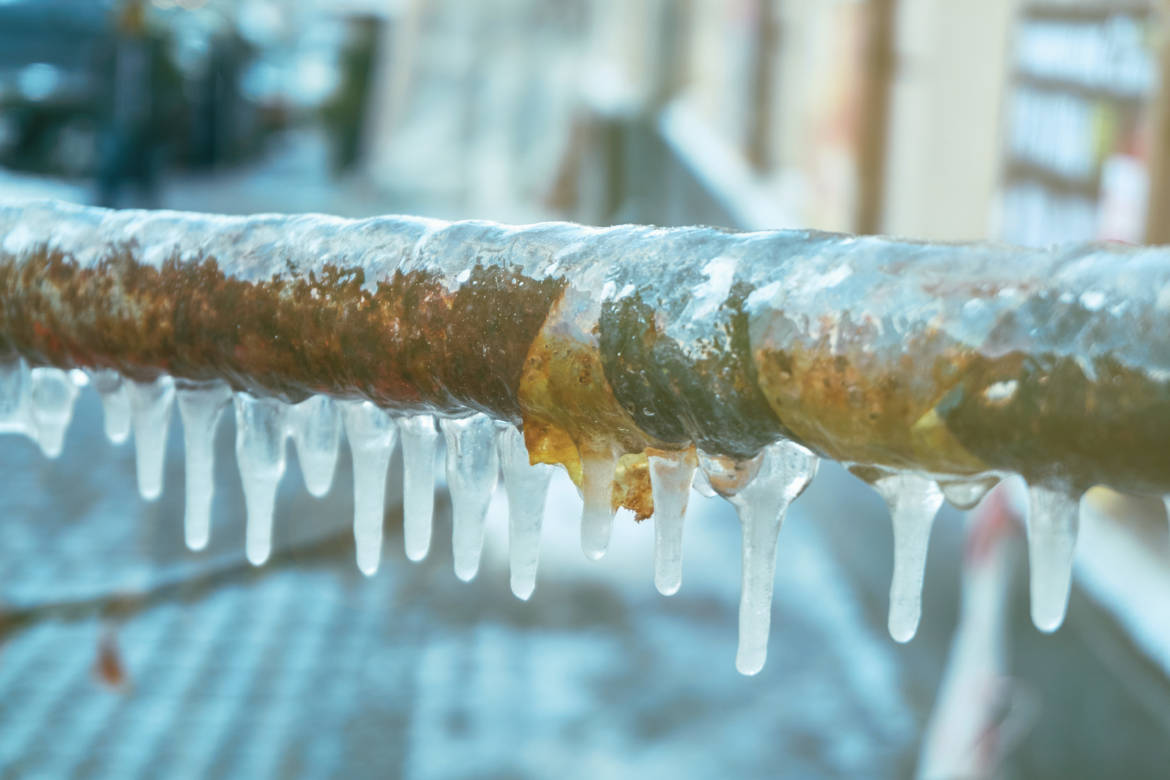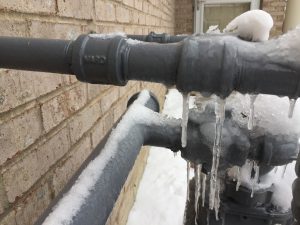On this page underneath you can get more first-rate details about Preventing and dealing with frozen pipes.

Winter can wreak havoc on your pipes, particularly by freezing pipes. Below's how to prevent it from taking place and what to do if it does.
Introduction
As temperature levels decrease, the risk of icy pipes boosts, potentially causing costly fixings and water damage. Recognizing how to avoid frozen pipes is critical for homeowners in cold climates.
Understanding Frozen Pipes
What causes pipes to freeze?
Pipes freeze when revealed to temperature levels listed below 32 ° F (0 ° C) for expanded durations. As water inside the pipes freezes, it expands, putting pressure on the pipeline wall surfaces and possibly creating them to break.
Dangers and damages
Frozen pipelines can cause supply of water disruptions, residential or commercial property damage, and expensive repairs. Ruptured pipes can flooding homes and cause substantial structural damages.
Signs of Frozen Piping
Determining icy pipes early can avoid them from rupturing.
Exactly how to determine frozen pipelines
Try to find reduced water flow from faucets, uncommon odors or noises from pipelines, and noticeable frost on revealed pipes.
Avoidance Tips
Protecting susceptible pipes
Cover pipes in insulation sleeves or utilize heat tape to shield them from freezing temperature levels. Concentrate on pipes in unheated or outside locations of the home.
Home heating techniques
Maintain interior areas effectively warmed, particularly locations with plumbing. Open up closet doors to allow warm air to distribute around pipelines under sinks.
Shielding Outdoor Plumbing
Garden pipes and outside faucets
Detach and drain pipes yard tubes prior to winter season. Mount frost-proof faucets or cover outdoor taps with insulated caps.
What to Do If Your Pipelines Freeze
Immediate actions to take
If you believe icy pipelines, keep taps open to alleviate stress as the ice melts. Use a hairdryer or towels soaked in hot water to thaw pipes slowly.
Long-Term Solutions
Architectural changes
Think about rerouting pipes far from outside wall surfaces or unheated areas. Add additional insulation to attic rooms, cellars, and crawl spaces.
Updating insulation
Purchase high-grade insulation for pipelines, attic rooms, and walls. Appropriate insulation assists keep regular temperature levels and lowers the threat of icy pipelines.
Final thought
Protecting against icy pipes requires proactive measures and fast feedbacks. By recognizing the causes, indicators, and safety nets, house owners can safeguard their pipes throughout cold weather.
5 Ways to Prevent Frozen Pipes
Drain Outdoor Faucets and Disconnect Hoses
First, close the shut-off valve that controls the flow of water in the pipe to your outdoor faucet. Then, head outside to disconnect and drain your hose and open the outdoor faucet to allow the water to completely drain out of the line. Turn off the faucet when done. Finally, head back to the shut-off valve and drain the remaining water inside the pipe into a bucket or container. Additionally, if you have a home irrigation system, you should consider hiring an expert to clear the system of water each year.
Insulate Pipes
One of the best and most cost-effective methods for preventing frozen water pipes is to wrap your pipes with insulation. This is especially important for areas in your home that aren’t exposed to heat, such as an attic. We suggest using foam sleeves, which can typically be found at your local hardware store.
Keep Heat Running at 65
Your pipes are located inside your walls, and the temperature there is much colder than the rest of the house. To prevent your pipes from freezing, The Insurance Information Institute suggests that you keep your home heated to at least 65 degrees, even when traveling. You may want to invest in smart devices that can keep an eye on the temperature in your home while you’re away.
Leave Water Dripping
Moving water — even a small trickle — can prevent ice from forming inside your pipes. When freezing temps are imminent, start a drip of water from all faucets that serve exposed pipes. Leaving a few faucets running will also help relieve pressure inside the pipes and help prevent a rupture if the water inside freezes.
Open Cupboard Doors
Warm your kitchen and bathroom pipes by opening cupboards and vanities. You should also leave your interior doors ajar to help warm air circulate evenly throughout your home.

We hope you liked our article about How To Avoid Freezing Pipes. Many thanks for taking a few minutes to browse our posting. Do you know about someone else who is involved in the subject? Take a moment to share it. We love your readership.
Click Here